Research Suggests Which Of The Following About Energy Balance

Urgent findings reshape our understanding of weight management: A groundbreaking study reveals the critical role of meal timing and macronutrient ratios in achieving energy balance. Ignoring these factors could sabotage even the most disciplined calorie-counting efforts.
This research fundamentally challenges the traditional 'calories in, calories out' model, providing actionable insights for individuals struggling with weight loss or maintenance.
New Study Redefines Energy Balance
Researchers at the Salk Institute, in collaboration with the University of California, San Diego, have published a landmark study in Cell Metabolism demonstrating that when you eat may be as important as what you eat.
The study, conducted over 12 weeks on a cohort of 150 participants, meticulously tracked their dietary intake, activity levels, and metabolic markers.
The key finding: participants who consumed the majority of their daily calories within a 10-hour window, regardless of total caloric intake, exhibited significant improvements in insulin sensitivity, blood pressure, and body composition.
The 10-Hour Window: A Game Changer
This 10-hour eating window, often referred to as time-restricted eating (TRE), appears to optimize metabolic processes, leading to enhanced fat burning and improved glucose control.
Dr. Emily Carter, the lead author of the study, emphasizes that "this isn't just about restricting calories; it's about aligning our eating patterns with our natural circadian rhythms."
The study indicates that eating outside of this window, particularly late at night, disrupts these rhythms and can lead to metabolic dysfunction.
Macronutrient Ratios: The Second Key
Beyond timing, the study also highlights the importance of macronutrient ratios – the balance of carbohydrates, proteins, and fats in the diet.
Participants who followed a diet that was moderately high in protein (around 30% of total calories) and lower in refined carbohydrates experienced greater satiety and maintained muscle mass during weight loss.
This suggests that focusing solely on calorie restriction without considering macronutrient composition can be counterproductive, potentially leading to muscle loss and a decrease in metabolic rate.
Who was involved? The Salk Institute and the University of California, San Diego collaborated, led by Dr. Emily Carter.
What was studied? The impact of meal timing (specifically a 10-hour eating window) and macronutrient ratios on energy balance and metabolic health.
Where was the research conducted? At the facilities of the Salk Institute and the University of California, San Diego.
When was the study conducted? Over a 12-week period, with results published recently in Cell Metabolism.
Challenging the 'Calories In, Calories Out' Myth
The implications of this research are profound. It directly challenges the long-held belief that weight management is solely determined by the balance between calories consumed and calories expended.
While caloric balance remains important, this study demonstrates that meal timing and macronutrient ratios exert a significant influence on metabolic processes, independent of total calorie intake.
"We've known for some time that the body's internal clock plays a crucial role in regulating metabolism," explains Dr. Carter. "This study provides compelling evidence that aligning our eating patterns with our circadian rhythms can have significant benefits for weight management and overall health."
Practical Applications and Next Steps
The findings from this study offer practical guidance for individuals seeking to improve their metabolic health and achieve sustainable weight management.
Experts recommend adopting a time-restricted eating approach, aiming to consume the majority of daily calories within a 10-hour window.
Furthermore, prioritizing protein intake and limiting refined carbohydrates can further enhance the benefits of TRE.
Future research will focus on investigating the optimal timing of the 10-hour window and exploring the effects of different macronutrient ratios in various populations.
Larger, longer-term studies are needed to confirm these findings and to determine the long-term sustainability of these dietary strategies.
For now, the message is clear: when and what you eat matters just as much as how much you eat. This research heralds a new era in personalized nutrition, where individual metabolic rhythms and dietary preferences are taken into account to optimize health and well-being.

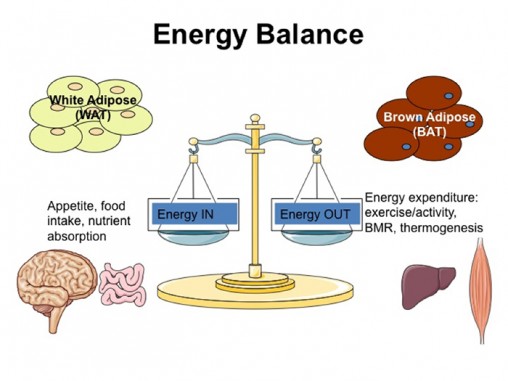




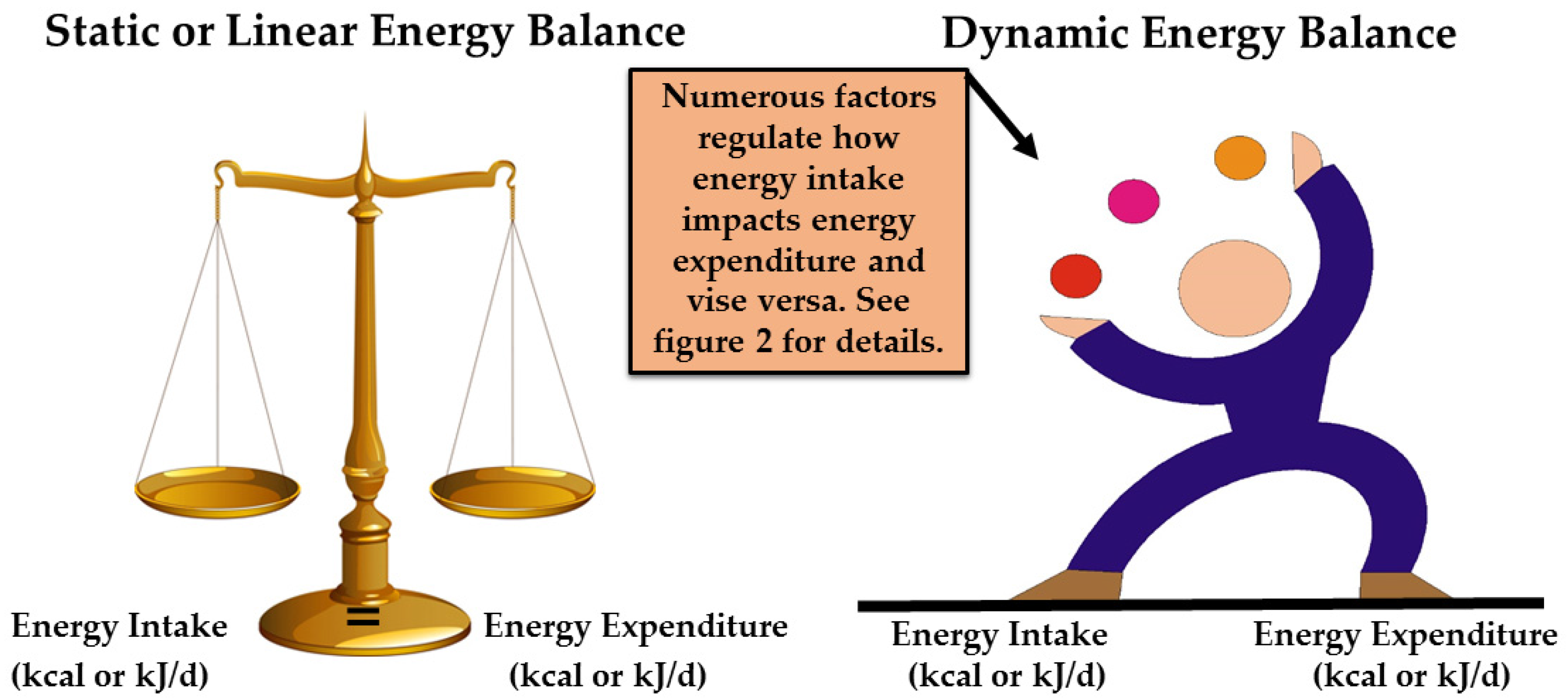
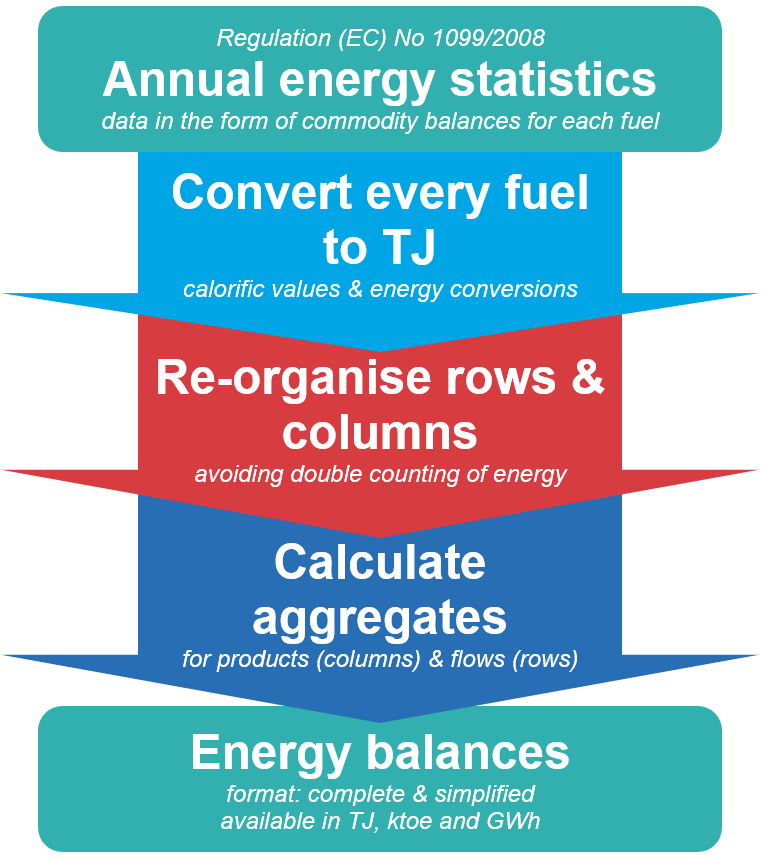

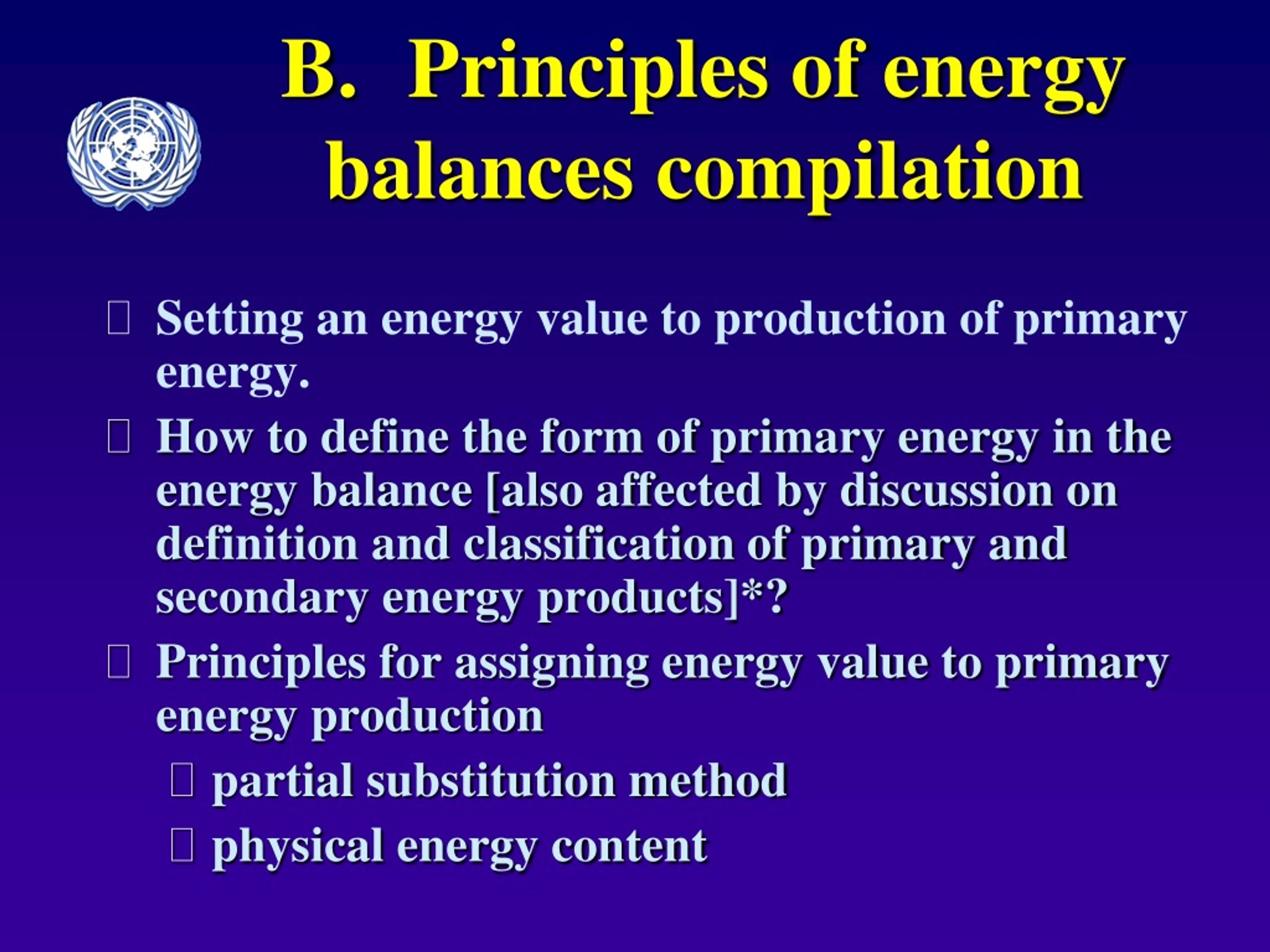

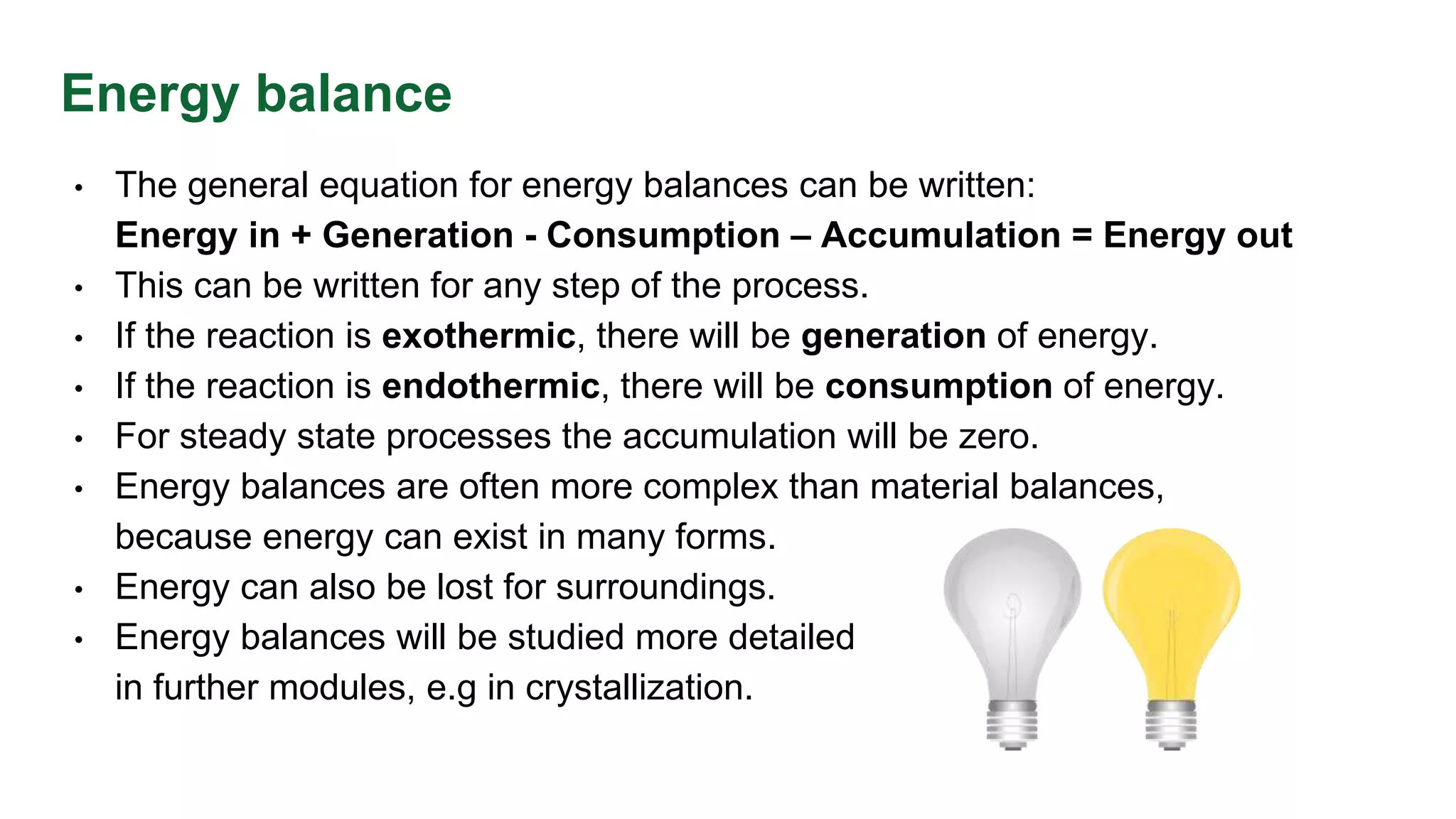


![Research Suggests Which Of The Following About Energy Balance The concept of energy balance [26]. | Download Scientific Diagram](https://www.researchgate.net/publication/361876068/figure/download/fig3/AS:1176566713327617@1657526772164/The-concept-of-energy-balance-26.jpg)



